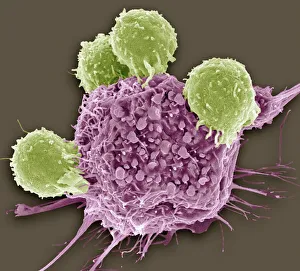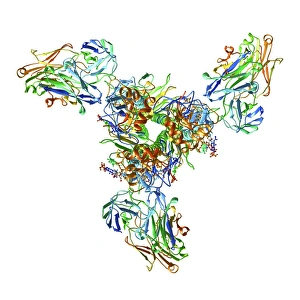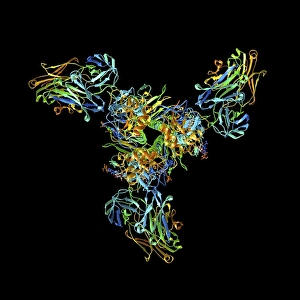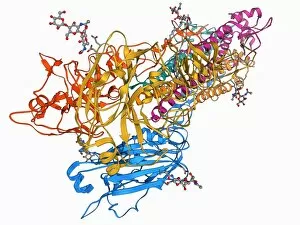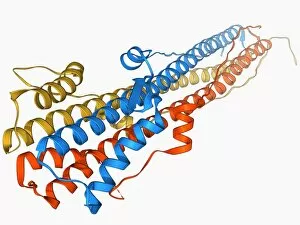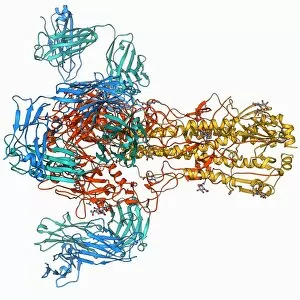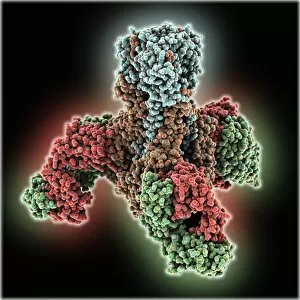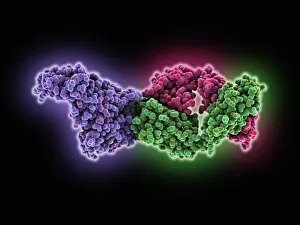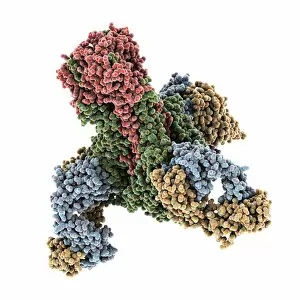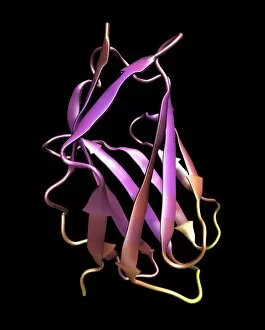Antigenic Collection
"Unlocking the Power of Antigenic Interactions: Exploring T Lymphocytes and Cancer Cells" In the realm of immunology
All Professionally Made to Order for Quick Shipping
"Unlocking the Power of Antigenic Interactions: Exploring T Lymphocytes and Cancer Cells" In the realm of immunology, antigenic interactions play a pivotal role in understanding diseases like cancer. Recent studies have shed light on the fascinating relationship between T lymphocytes and cancer cells, revealing potential therapeutic avenues. SEM C001 / 1679 reveals intricate details of this interaction at a microscopic level, providing valuable insights into the immune response against malignant cells. The Haemagglutinin viral surface proteins F007 / 9932 and F007 / 9931 also contribute to our understanding by highlighting specific protein markers involved in these interactions. Delving deeper into influenza viruses, H5N1 Haemagglutinin protein subunit F006 / 9590 and its counterparts (F006 / 9479, F006 / 9470) hold significant importance. These viral surface proteins act as antigens that trigger an immune response within our bodies. The Haemagglutinin viral surface protein C015 family (C015/9965, C015/7124, C015/9974, C015/7123) further expands our knowledge base. Their unique structures aid in identifying virus strains while studying their antigenicity. Combining SEM images with research on T lymphocytes' behavior when confronting cancer cells provides invaluable information for developing targeted therapies. Understanding how these two entities interact can potentially unlock novel treatment strategies against various types of cancers. Moreover, exploring Influenza virus protein spikes adds another layer to this captivating field. By investigating their antigenic properties and mechanisms behind host-cell recognition, scientists strive to develop more effective vaccines capable of combating ever-evolving flu strains. The study interactions involving T lymphocytes and cancer cells offers hope for improved diagnostics and treatments.

